In 1999, the National Committee on Investigating Consequences of Toxic Chemicals Used in the Vietnam War published an oversized more-than-100-page book featuring data and maps, which clearly define the types of chemicals and level of pollution in each region of South Vietnam. Therefore, the "unknown" of the issue does not lie in specific technical and harm factors, but falls short in the US attitude and responsibility for the victims of their actions in the past.
This article aims to clarify legal aspects and justice as well as the offenders and their accessories of the universally-condemned crime called “Agent Orange/ dioxin,” in the hope that more people in the world are aware of Agent Orange (AO) victims, particularly Vietnamese AO victims, who with their inborn defects or/and disabilities have suffered both physical and spiritual pains but have been treated unjustly and unfairly by the US Government. The issue is clearly discussed as follows:
Legal Issue: The US Government and Army have clearly violated international conventions on the use of toxic chemicals in war.
At an international symposium in March 2002 in Hanoi that drew the participation of some 280 domestic scientists and 120 others from 19 foreign countries, including the US, speakers reiterated The Hague Convention 1907, which includes provisions banning the use of toxic chemicals and poison-soaked weapons. Later at international conferences in Geneva, the ban was clarified by saying that all liquid, powder and gas materials with toxic chemicals are prohibited from being used in war. In 1969, the General Assembly issued a resolution, saying that the ban must be applied to all toxic chemicals that are used to make warheads. In short, the international community has, for many times, highlighted the ban on the use of toxic chemicals in war articulated in international conventions, of which the US is a signatory.
From the point of view of international law, when a party knows the harm of a banned weapon but still uses it, that means the party commits the crime of deliberately violating the international convention. Although the US Government has so far joined efforts with Vietnam in cleaning some dioxin-contaminated areas, the US side has not yet acknowledged its responsibility for Vietnamese AO victims, and no international tribunal has adjudged the crime. The harms of AO/dioxin have no longer been an “unknown” but how to deal with it has still remained an “unknown.”

Moral Issue: The US Government and Army seem to have bypassed the moral values of human beings.
In the Vietnam War, the US Army sprayed toxic chemicals onto South Vietnam in the period 1961-1972. During the 10 years, 20 million gallons of various toxic chemicals were sprayed onto 27% of the area of South Vietnam, spreading from the 17th parallel North to the Mekong Delta. As toxic chemicals can easily and quickly be spread in wind and water flows, the toxic-chemical-contaminated land in Vietnam is far larger than 27% of the area of South Vietnam.
According to surveys conducted by international scientists on the consequences of toxic chemicals used by the US Army in Vietnam, 2.1-4.8 million people with a majority of revolutionary troops and civilians have been exposed to the toxic chemicals. The number of Vietnamese babies born with defects triple in AO/dioxin-infected areas compared with other areas.
Not only the Vietnamese people but also international public opinion and people in the US have condemned the crime called Agent Orange/dioxin. In 1967, the International Tribunal opened two hearings on proceedings initiated by philosopher Bertrand Russel against the US Army’s crime of conducting chemical warfare in Vietnam. Some US congressmen and senators as well as US scientists at prestigious universities wrote letters to the US President, protesting against the US Army’s use of poisons in Vietnam. Additionally, a number of international organizations also raised voice against the US Army’s war crime in Vietnam.
In fact, the US Government has once acknowledged that AO had had bad impacts on exposed US troops and issued a policy to offer healthcare services and compensations to the US victims. But the question is why it has not had similar gestures for Vietnamese victims. By doing so, the US Government has bypassed human morality as well as the values of human rights and democracy that US politicians often highlight as the US identical specialty in international politics. So this must be viewed as an ethical unknown.
In short, from an ethical perspective, the US Government and Army have committed genocide like their crime in Japan and Japanese fascists’ in Vietnam.
Instigator and culprit: From a legal point of view, the culprit of a crime can basically be defined as: first, the person(s) who is the instigator(s) of the crime; second, the person(s) who pays for the cost of the crime; third, the person(s) who directly commits the crime or provides support or has direct involvements in the crime.
Regarding the OA case, the US Government and Army have all the three above conceptions.
Regarding the role of the instigator, the US initiated the “Special warfare” in 1961 by sending a large number of US military advisors to South Vietnam and providing a good deal of modern weaponry and equipment for the Saigon puppet government. At that time, some US advisors proposed an idea of spraying defoliant chemicals onto the forests in South Vietnam suspected of Vietnamese revolutionary bases. In August 1961, US pilots instructed the Saigon army’s pilots to spray the lethal poisons on forests in South Vietnam. On knowing the case, some US politicians, including senators, voiced the legality of the action and the then US President ordered to limit the use of defoliants. But the US Army continued to spray the poisonous chemicals on a larger scale in the end of 1961.
In 1962, US pilots directly sprayed the defoliants onto forests in South Vietnam.
Later, US servicemen who had directly sprayed the chemicals onto forests told that it took only three minutes to spray 3,800 liters of AO/dioxin onto an area of 140ha forest from a C123.
With the clear evidence, the US Army was the instigator of the crime. They did it with a evident purpose of destroying their adversary’s shelters and gaining advantages for US troops.
Regarding the cost of the project to spray the poisonous chemicals in Vietnam, the US Government must host the primary responsibility. In fact, all the money used for purchasing the poisonous chemicals, transporting them from the US to Vietnam, and conducting the spraying of the poisonous chemicals came from the US Army’s budget that had been approved and funded by the US Government. US chemical manufacturers did not fund for the project.
Meanwhile, the US Army was the one who developed the plan to spray poisonous chemicals, selected the targets and directly sprayed AO/dioxin onto South Vietnam.
So it is evident that the US Government and Army were both the culprit of the AO crime in South Vietnam.
Accomplice: As mentioned above, the US manufacturers of defoliant chemicals cannot be determined as the culprit of the crime. But they should hold some responsibilities. In proceedings, the US manufacturers of AO/dioxin claimed that they only sold the dangerous chemical to the US Army, and that they did not directly spray the chemical in South Vietnam, so they should not be responsible for the crime.
Their justifications were acceptable only in the first phase. But they were not innocent as they still kept selling AO/dioxin to the US Army even though scientists later proved the harms of AO/dioxin to both environment and human health in Vietnam, and American and international public opinion strongly protested against the use of the poison.
Based on the law, the US AO/dioxin manufacturers must be viewed as accomplices who provided tools for the culprit to commit crime despite their full knowledge of the harms of AO/dioxin. As a result, they should be responsible in part for the crime in the past and its consequences at present called the Agent Orange pain in Vietnam.
To conclude, the crime has entirely originated from the US. So to define who holds the primary responsibility and who holds joint responsibilities for the crime is an internal affair of the US. But the legal liable entity for the case and Vietnamese AO victims is the US Government who should answer the question of justice if they really respect common values of human rights, democracy and ethics.
By Major General Tran Ngoc Tho, President of the Ho Chi Minh City chapter of the Vietnam Association for Victims of Agent Orange







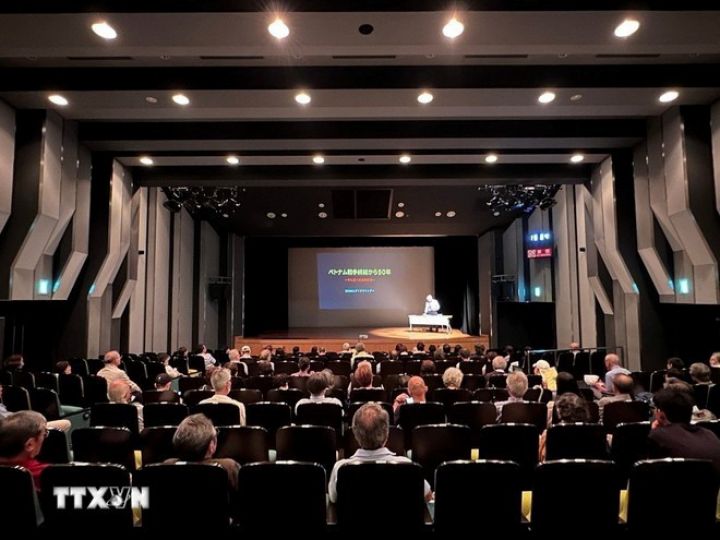


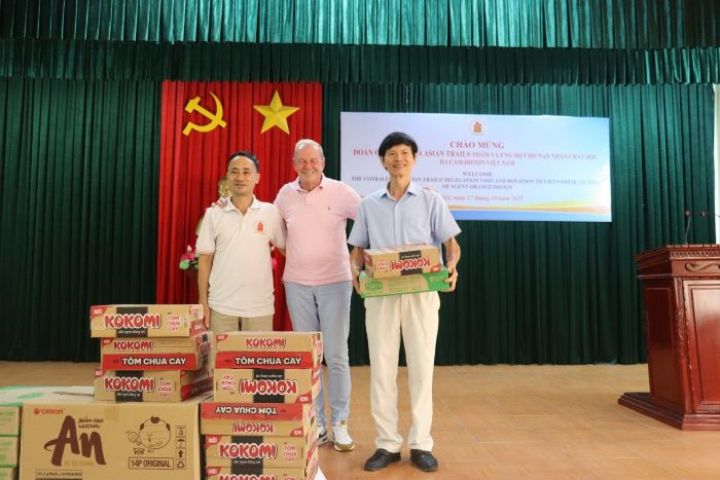
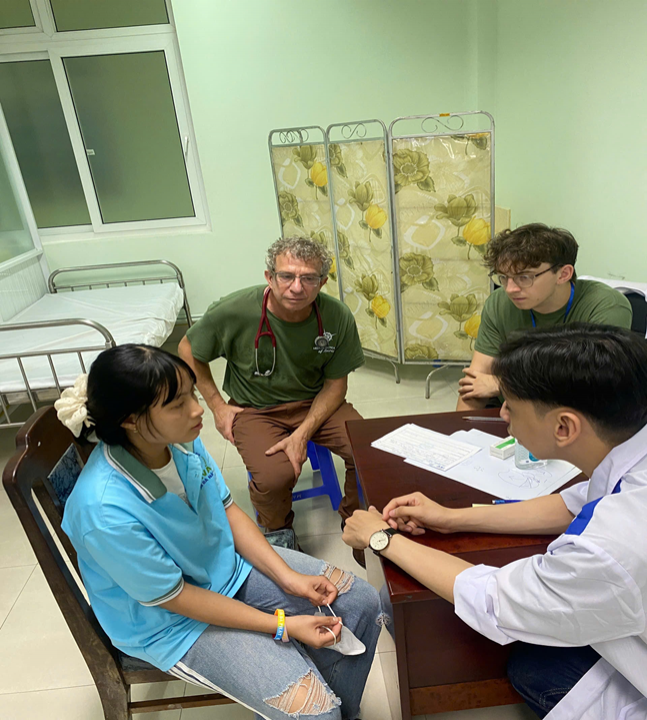










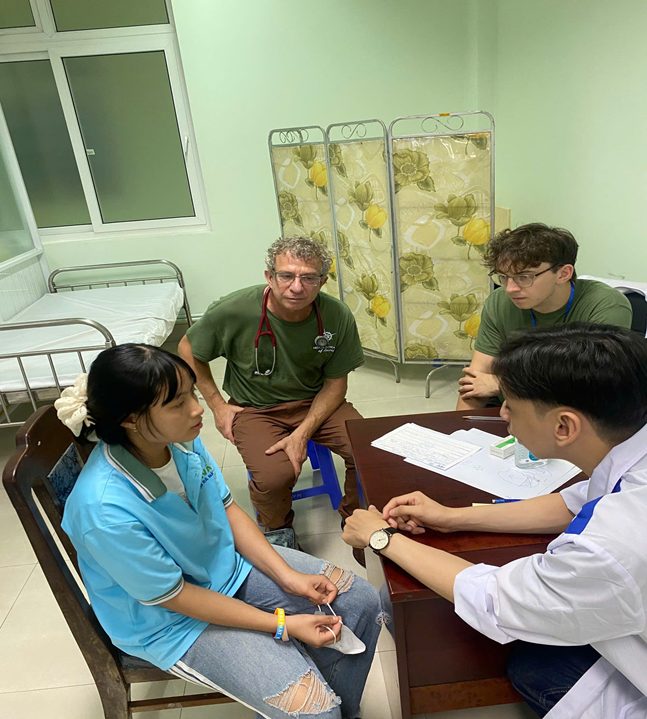
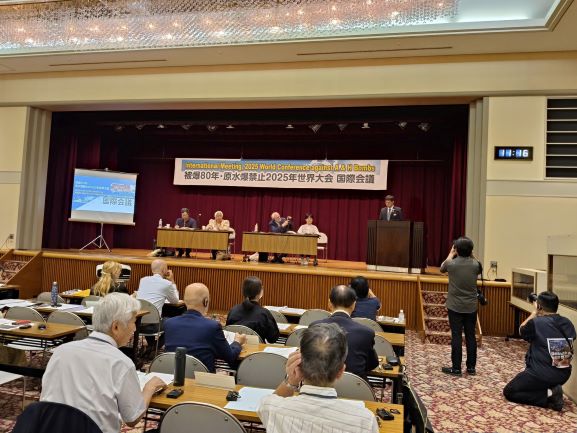
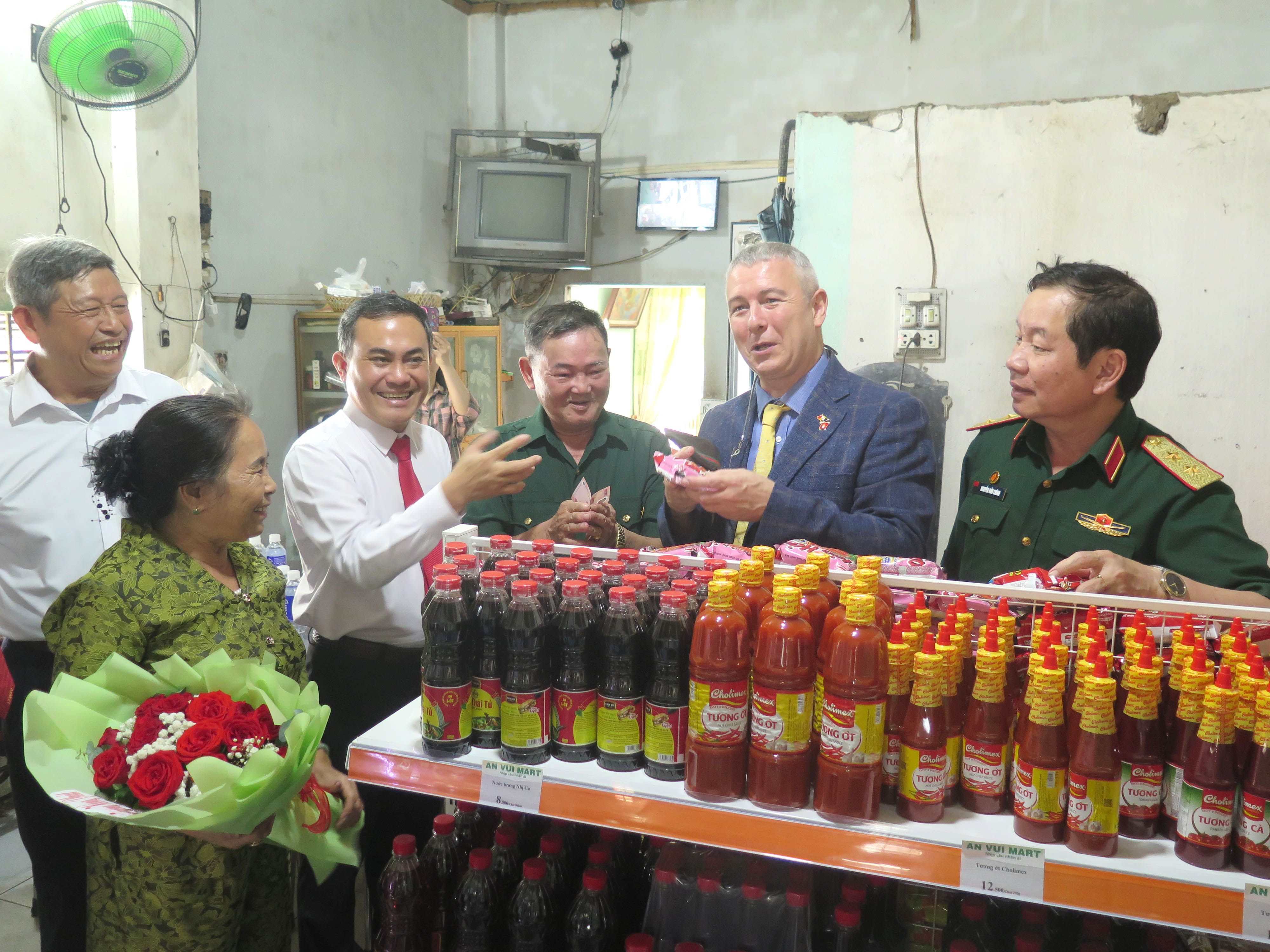
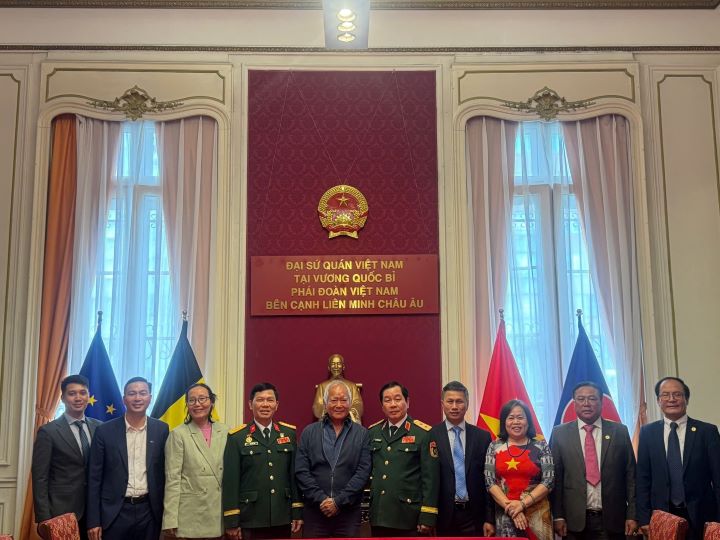
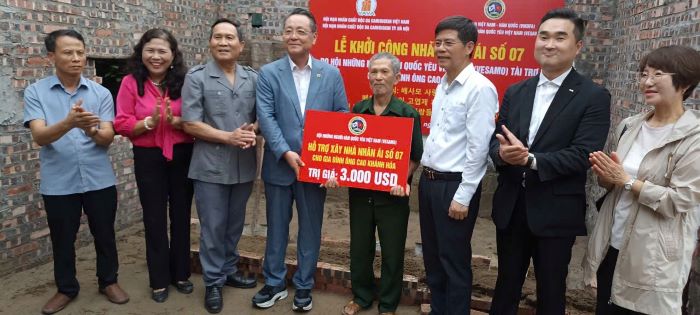
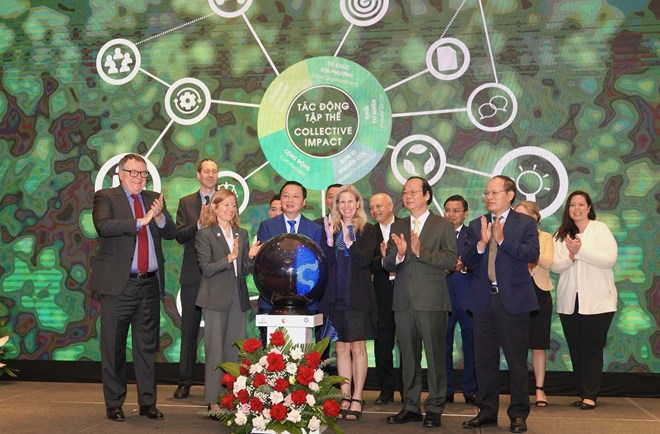

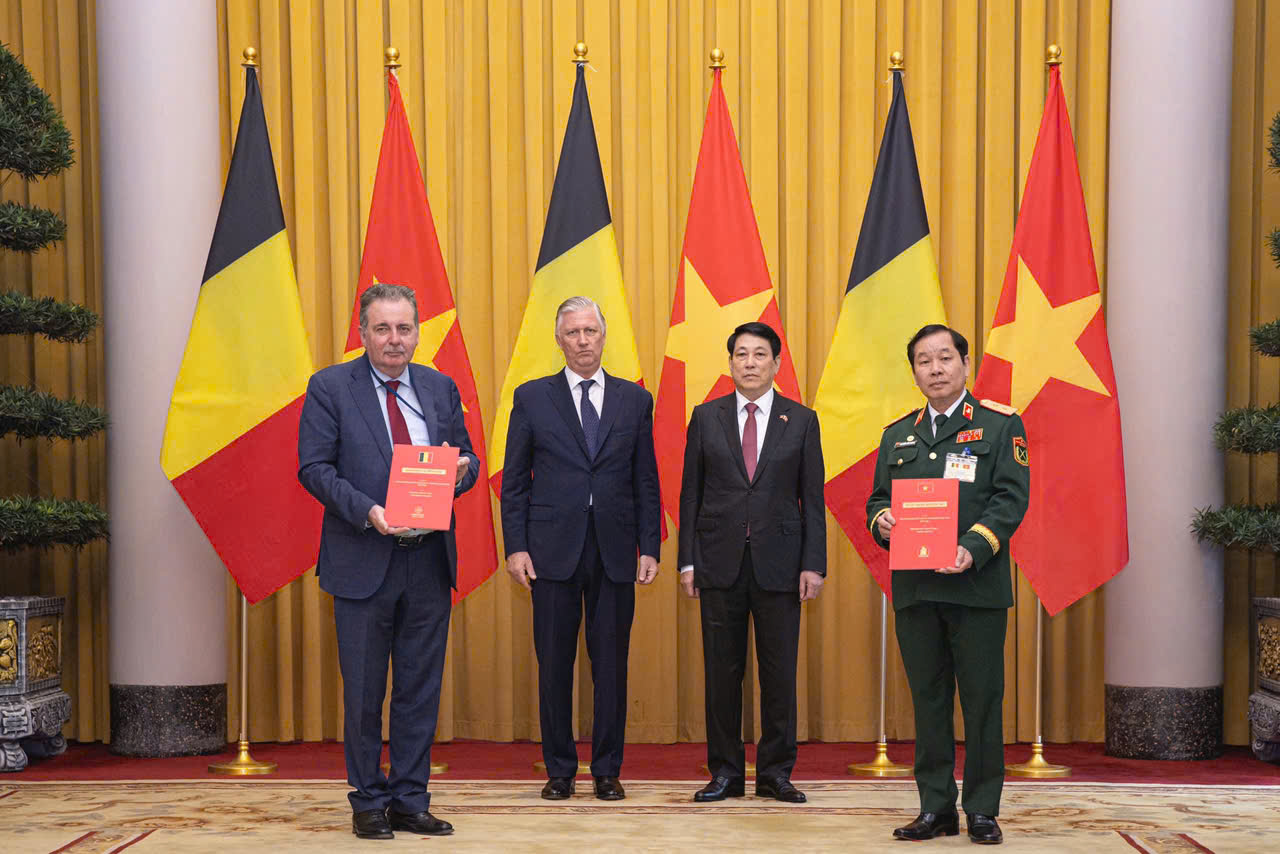


.jpg)
Comment